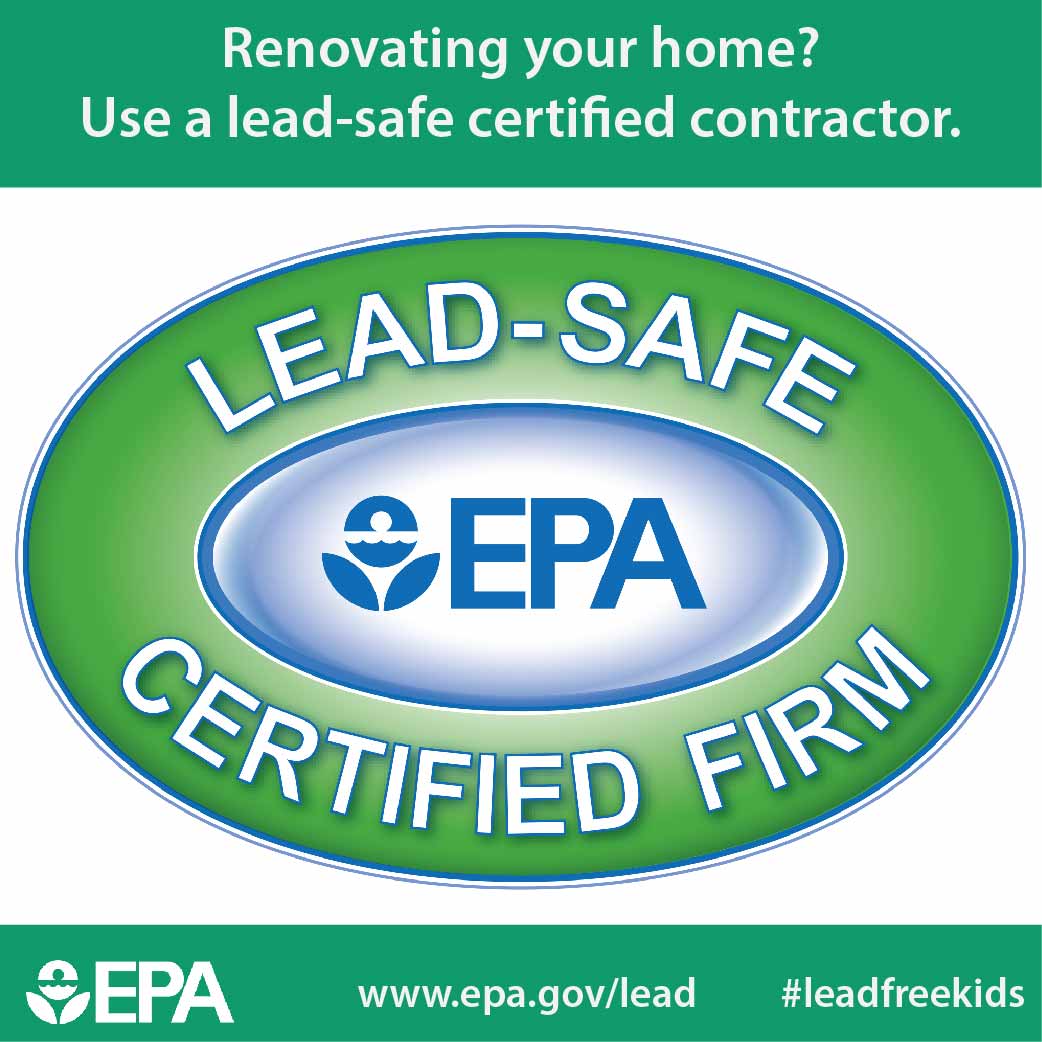Find Out About The Ways In Which Seasonal Elements Can Influence The Success Of Business Exterior Painting And Identify The Most Effective Times To Achieve Long Lasting Outcomes For Your Task
Find Out About The Ways In Which Seasonal Elements Can Influence The Success Of Business Exterior Painting And Identify The Most Effective Times To Achieve Long Lasting Outcomes For Your Task
Blog Article
Content Author-Ford Rodriquez
When you're intending an industrial external paint job, seasonal variables can make or damage your outcomes. Highly recommended Online site 'll wish to consider how temperature and moisture influence paint application and drying out times. Choosing the best season can guarantee your paint adheres properly and lasts much longer. But which seasons are genuinely the best for this sort of work? Allow's discover the key elements that can impact your project's success.
The Effect of Temperature Level on Paint Application
When you're planning a commercial exterior painting task, the temperature can dramatically influence exactly how well the paint adheres and dries out.
Preferably, you intend to paint when temperatures range between 50 ° F and 85 ° F. If it's too cool, the paint might not treat appropriately, resulting in issues like peeling off or fracturing.
On the other hand, if it's also warm, the paint can dry out too swiftly, stopping correct adhesion and resulting in an uneven finish.
You ought to additionally consider the moment of day; morning or late afternoon supplies cooler temperature levels, which can be extra desirable.
Always check the producer's suggestions for the specific paint you're utilizing, as they commonly give advice on the optimal temperature variety for optimal outcomes.
Moisture and Its Effect on Drying Times
Temperature level isn't the only ecological aspect that influences your industrial outside painting task; moisture plays a considerable function as well. High humidity degrees can slow down drying out times considerably, influencing the overall top quality of your paint work.
When the air is filled with wetness, the paint takes longer to cure, which can result in issues like bad attachment and a greater threat of mold growth. If you're painting on a specifically damp day, be prepared for prolonged delay times between layers.
It's critical to monitor neighborhood weather conditions and plan appropriately. Preferably, aim for moisture levels between 40% and 70% for optimum drying out.
Keeping these factors in mind ensures your task stays on track and supplies a lasting finish.
Best Seasons for Commercial Outside Painting Projects
What's the best time of year for your industrial external painting projects?
Spring and very early loss are usually your best bets. During these seasons, temperature levels are light, and humidity levels are typically reduced, producing optimal conditions for paint application and drying out.
Avoid summer's intense heat, which can trigger paint to completely dry also rapidly, bring about poor attachment and coating. Likewise, winter season's cool temperatures can prevent appropriate drying out and curing, risking the long life of your paint work.
Aim for days with temperatures between 50 ° F and 85 ° F for ideal results. Keep in mind to examine the neighborhood weather report for rain, as wet problems can spoil your task.
Planning around these elements guarantees your painting project runs smoothly and lasts much longer.
Final thought
In conclusion, preparing your industrial exterior painting projects around seasonal considerations can make a substantial difference in the end result. By check this link right here now during the suitable temperature levels and humidity levels, you'll guarantee far better adhesion and drying times. Keep in mind to keep an eye on neighborhood weather forecasts and pick the correct time of year-- springtime and very early autumn are your best options. Taking these steps will help you accomplish a sturdy and specialist finish that lasts.
